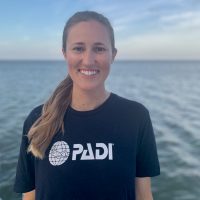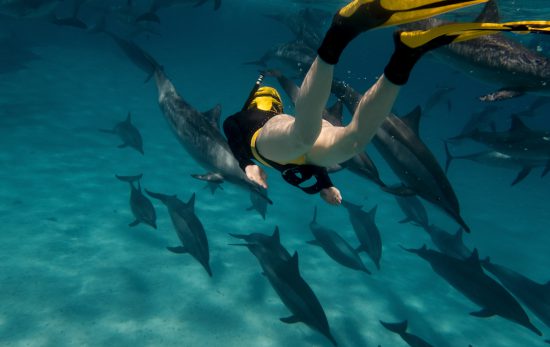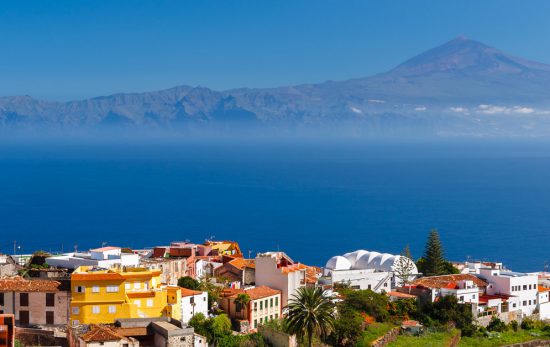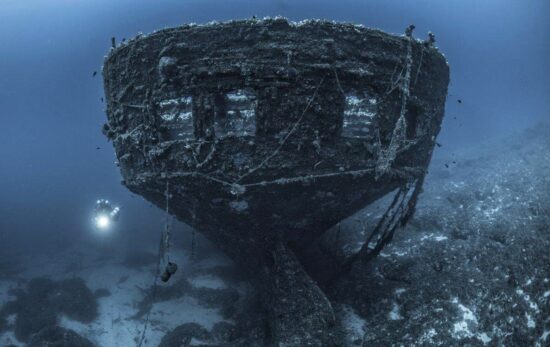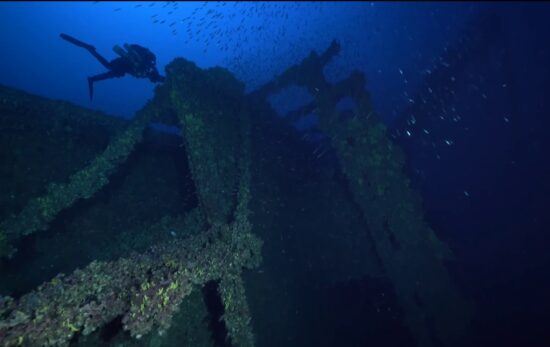Along the southwestern coast of Greece, Vatika Bay is home to white sandy beaches and iconic mountainous ridges. Slipping beneath the surface of the clear blue Mediterranean waters, reveals the true magic of this area. The bay is home to marine life like whales and dolphins, loggerhead sea turtles, monk seals, and a variety of fish and invertebrates that live amongst the lush seagrass meadows.
In 2017, Dr. Sylvia Earle and her team at Mission Blue declared Vatika Bay a Hope Spot. Hope Spots are unique areas of the ocean critical to the health of our blue planet. In addition to marine biodiversity, what makes the Vatika Bay Hope Spot truly special is the intersection of nature and culture – in the form of a submerged ancient city.

The ancient Grecian city of Pavlopetri is located in the western part of Vatika Bay. Underwater archeologists have estimated Pavlopetri to be approximately 5,000 years old – making it one of the oldest submerged lost cities in the world, and in fact the oldest in the Mediterranean Sea. Covering an area of about 2.2 acres (9,000 square meters) the city has an almost complete town plan including streets, buildings, and tombs. Pavlopetri is found in approximately 10ft (3m) of water – making it easily accessible to snorkelers and freedivers. As an important pillar of ancient cultural heritage in this region, Pavlopetri was declared as part of the UNESCO Convention on the Protection of the Underwater Cultural Heritage.
Unfortunately, Vatika Bay as a whole is experiencing pressures from large commercial oil tankers and cargo ships – causing damage to the seafloor with anchors and polluting the water. As a result, Pavlopetri has been identified as an ‘at risk’ cultural heritage site on the World Monuments Watch Site. Local conservation groups have also been working to improve the health of Vatika Bay by promoting more sustainable resource management and tourism practices, as well as by protecting important marine species habitats. In 2014 this highly motivated community even created a human chain across the beach to symbolically protect Pavlopetri.
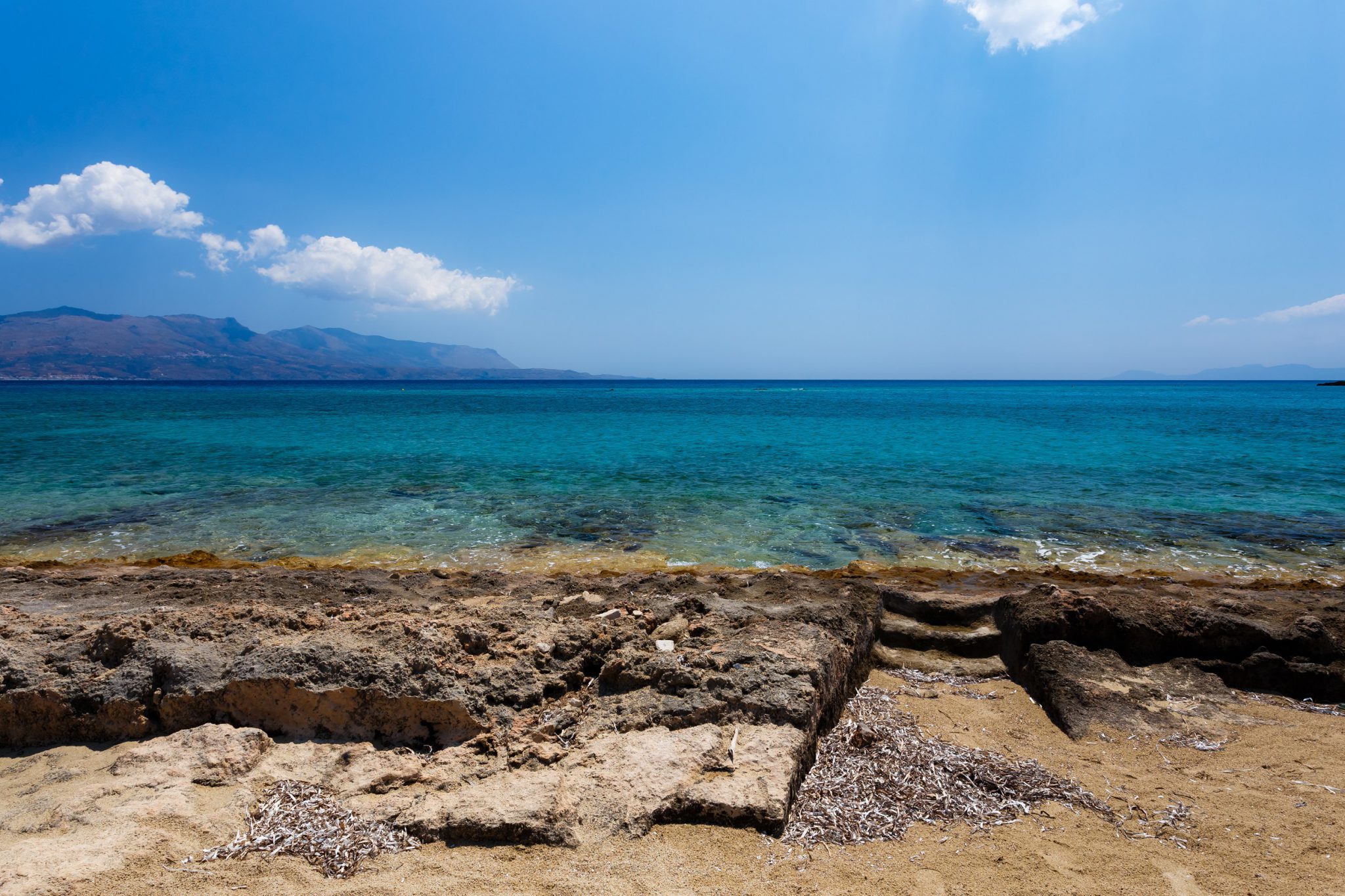
In 2016, the Pelagos Cetacean Research Institute proposed that Vatika Bay and some surrounding waters be designated as a Natura 2000 Marine Area since this region is an important breeding ground for whales and dolphins. The Natura 2000 Marine Area designation is aimed at regulating the large tankers and ships damaging the underwater ecosystems, while also increasing protection for all the marine life that call these waters home. Pavlopetri’s cultural notability will hopefully attract attention to Vatika Bay and increase government support for its protection.
Alexandros Frantzis, Marine Biologist at Pelagos Cetacean Institute (and a Vatika Bay Hope Spot Champion) believes that protecting Vatika Bay will provide safe migration routes to whales and dolphins as they travel through the Ionian and Aegean Seas. He is hopeful that the Natura 2000 Marine Area designation will lay a strong foundation for conservation and management of the local marine environment in addition to bringing about more opportunities for studying at risk cetacean species like risso’s dolphins, common dolphins, and sperm whales.
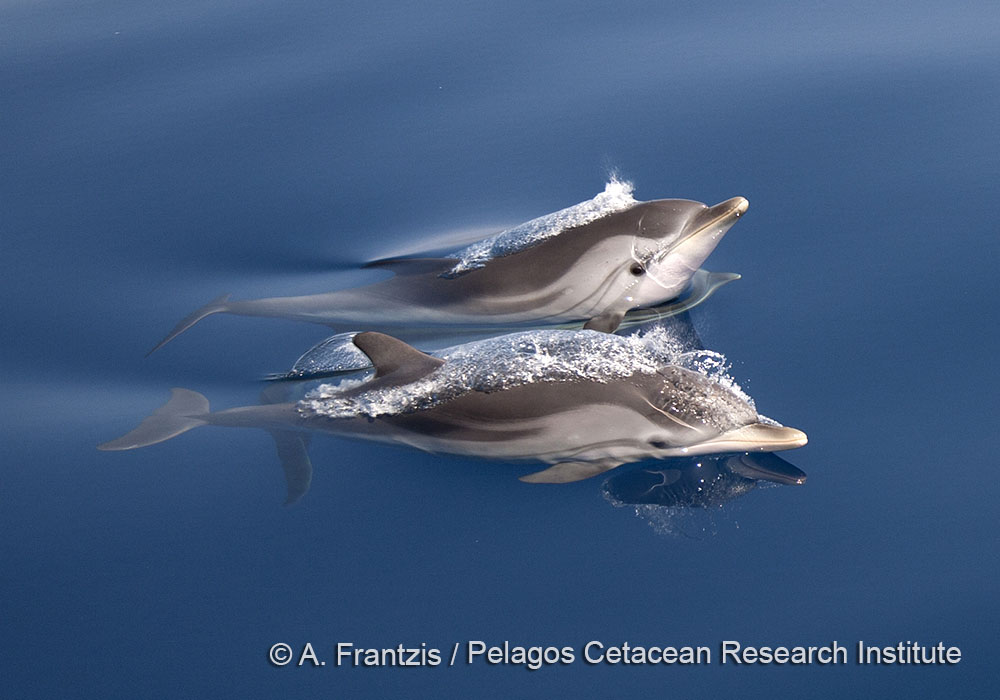
Designating Vatika Bay as a Mission Blue Hope Spot aims to provide increased awareness, encouragement, and resources to the community focused on protecting the important cultural, ecological, and economic dynamics of Vatika Bay. Mission Blue is using their voice to strongly recommend that the Greek government approve the Natura 2000 Marine Area designation.
“Being designated as a Hope Spot literally gives hope to all those who wish to preserve the marine ecosystem including whales and dolphins, loggerhead turtles, monk seals, fan clams, and Posidonia oceanica [seagrass] – and the cultural heritage site of Pavlopetri.” – Barbara Euser, President of the Greek chapter of the Alliance for the Restoration of Cultural Heritage
Want to learn more about Mission Blue Hope Spots around the world? Visit the Hope Spot page on their website – you can even nominate a special area of the ocean you think needs support and protection. PADI and Mission Blue are working together to ignite public support for a global network of Hope Spots and Marine Protected Areas.
